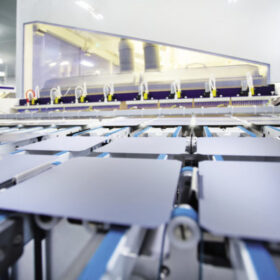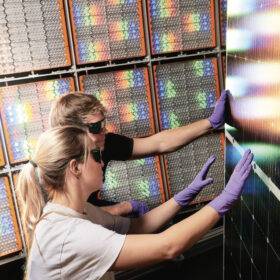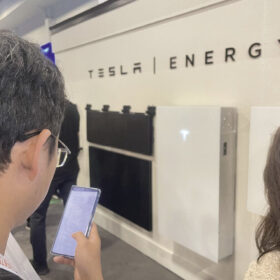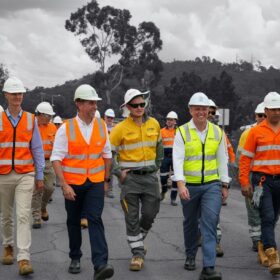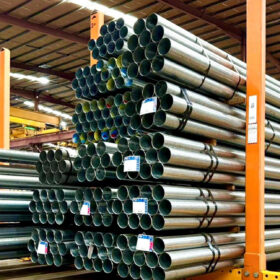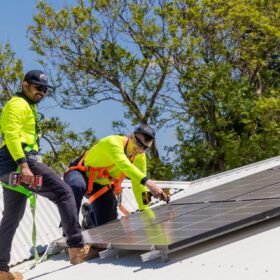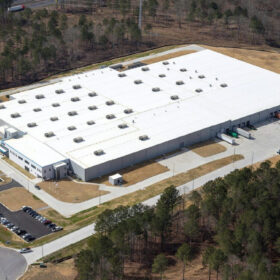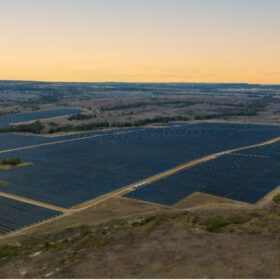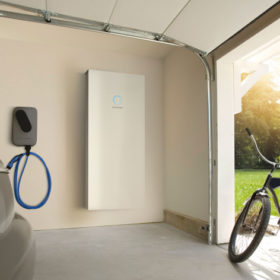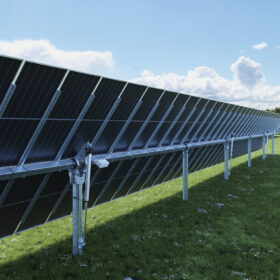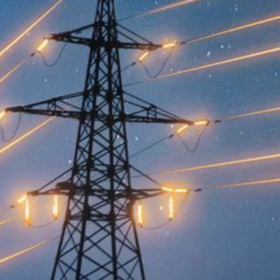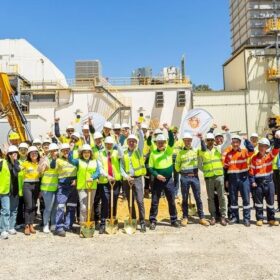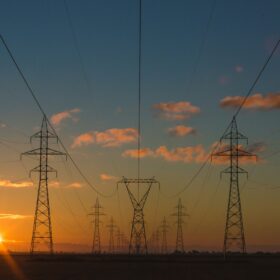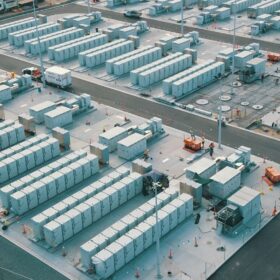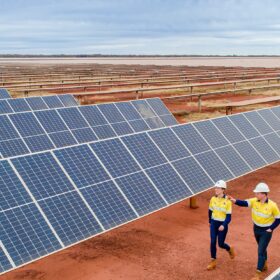Bigger is better as module makers power ahead
Larger wafer and module sizes have had a profound influence on module power output in recent years but standardisation appears to have taken hold, with no further increases evident in module data, according to Molly Morgan, a senior research analyst at Exawatt, which is now part of the CRU Group.
Weekend read: Double trouble
Perovskite PV devices are set to become the next big thing in solar with market analysts at S&P Global Commodity Insights predicting 1 GW of production by the end of 2024, rising to 6 GW in 2025. Perovskite tandem devices are at the front of the queue for commercialisation but their characterisation presents technical challenges.
Weekend read: Tesla’s new power play
The first installations featuring the Tesla Powerwall 3 are currently being completed in the United States, with the company promoting a fully integrated solar-plus-storage and electric vehicle (EV) residential system, with big backup power capacity. While the first Powerwall created a new market segment, the latest iteration enters a marketplace in oversupply.
Weekend Read: Coal meets batteries
Big batteries are blooming in the Australian sun and they will play an increasingly important role as coal plants are switched off and the share of renewables rises in the energy mix.
Nextracker to use local steel in 480 MW Queensland project
In the Australian leg of its global strategy, US-based tracker supplier Nextracker will use localy produced steel for a major project.
Interview: Guiding consumers to make smart solar decisions
A new guide is hoping to point Australian households in the direction of the right solar system for their home, today and into the future. Mike Roberts, from the UNSW, helped create the Solar Consumer Guide and smart tools like SunSPOT and explained how they work.
Weekend read: Thin prospects
The production of PV ingots and wafers remains the most highly concentrated of all the production stages in the silicon solar supply chain. Yet efforts to re-establish production in Europe and the United States are not for the faint-hearted.
PPA upside for large-scale solar grows
Bilateral power offtake agreements between corporate and industrial companies and solar projects are creating significant and growing demand for utility scale PV in Australia. The development is one of a number of bright spots in a challenging market segment.
CEC calls for federal residential battery subsidy
The Clean Energy Council (CEC) has called for the federal government to introduce a subsidy program to support residential battery uptake. The CEC says a so-called Home Battery Saver Program would be “the missing piece of the [policy] puzzle.”
Smart Energy Expo: Trina spotlights system supply
Trina highlights value of single supplier in community solar, agrivoltaic applications along with PV power plant revamping.

